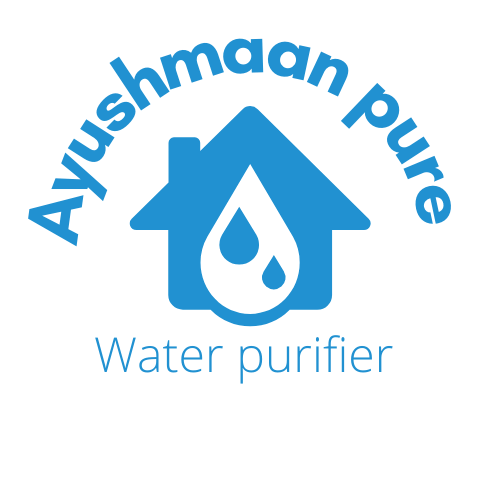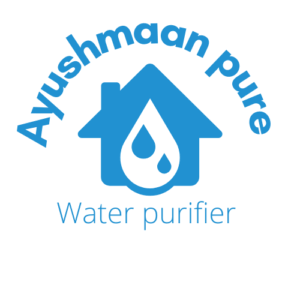Many young men have recovered from their substance use disorders while facing challenges and obstacles along the way. Fortunately, there are different treatment tools and methods available to help along the way, such as sober living homes, Alcoholics Anonymous, and a therapeutic approach called http://electrohouse4u.ru/downloadmp3/tag/house-electro/page/24/. These individuals may experience constant hyperarousal, hypervigilance, anxiety, and abuse drugs may be an effective way to regulate these emotional experiences (Felitti et al., 1998). Thus, numerous psychological factors and experiences can increase the risk of changing how one feels (or regulating emotions) via drugs of abuse.
- Then, when she realised that I injected, she gave me a choice to stop either using or to throw away our life together.
- Dr. George Engel and Dr. John Romano developed this model in the 1970s, but the concept of this has existed in medicine for centuries.
- Many countries have national policies guiding the implementation and application of interventions linked to health and social care systems.
- Inpatient SUD treatment was only one step in the recovery process for these informants.
- In particular, family, partners, and friends were mentioned as both resources and as people who caused trouble and pain.
Because assessing benefits in large patient groups over time is difficult, diagnostic thresholds are always subject to debate and adjustments. It can be debated whether diagnostic thresholds “merely” capture the extreme of a single underlying population, or actually identify a subpopulation that is at some level distinct. Resolving this issue remains challenging in addiction, but once again, this is not different from other areas of medicine [see e.g., [12] for type 2 diabetes]. Longitudinal studies that track https://demotivators.org.ua/Infusion.html patient trajectories over time may have a better ability to identify subpopulations than cross-sectional assessments [13]. Addiction is a natural language concept, etymologically meaning enslavement, with the contemporary meaning traceable to the Middle and Late Roman Republic periods [115]. As a scientific construct, drug addiction can be defined as a state in which an individual exhibits an inability to self-regulate consumption of a substance, although it does not have an operational definition.
Biopsychosocial Systems Approach
It is very common for young men who feel sad, depressed, anxious, and stressed out to turn to alcohol or drugs. Social norms, availability, accessibility, legality, modeling, expectancies, societal approval, visibility, targeting practices, and cultural beliefs all influence the experience of addiction. An individual exposed to drug use at an early age can be influenced by social modeling (or http://antclub.org/node/12781 learning via observation). Additionally, certain environments have specific social norms related to drug use (e.g., “Everyone experiments a little with drugs in college”). In one, rather than viewing post-traumatic stress disorder (PTSD) as a separate syndrome that increases risk of cardiovascular disease (CVD), it is argued that both PTSD and CVD are part of the same systemic disorder.
The biopsychosocial model provides a means of considering the myriad of factors that can contribute to the risk of addiction. SUD is a biopsychosocial disorder with multiple individual risk factors and consequences. Hence, interventions must be multipronged with community involvement and empowerment. It is important to adopt coordinated multi-sector strategies and innovative holistic approaches to benefit individuals with SUD. The COVID-19 pandemic has serious implications for individuals with SUD including long-term socioeconomic and public health effects.

